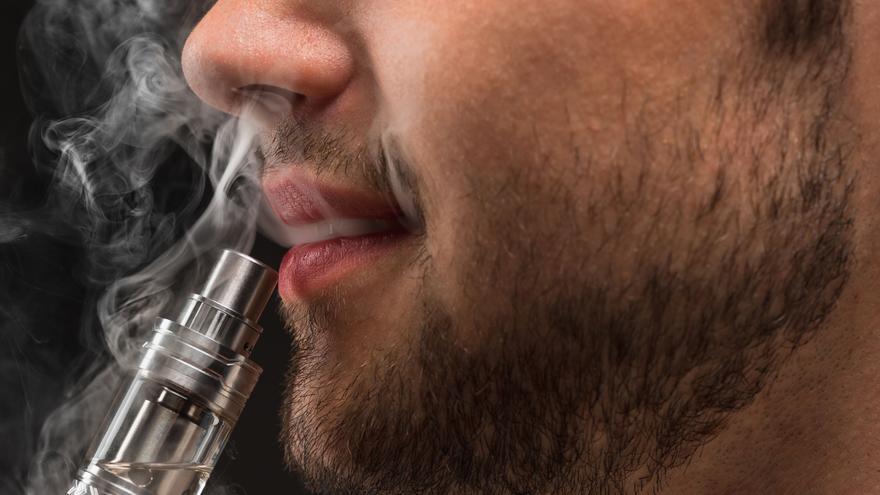the Popularity of electronic cigarettes Among children under 15 in Europe, Central Asia and Canada, it already outpaces traditional cigarettes. According to a study published by the World Health Organization on Thursday, 32% of young people have tried e-cigarettess, while 20% admitted that they had used it in the last 30 days. In the case of traditional cigarettes, 25% of young people admitted that they had tried them, while 15% said that they had smoked within the past 30 days. In contrast, alcohol remains the most consumed substance among adolescents (57%), while cannabis use decreases from 14% to 12% within four years.
The greatest use of e-cigarettes actually occurs from the age of 13, the age at which 16% of young people admit to having tried them (versus 11% of traditional cigarettes). According to the World Health Organization, this change in trend requires “specific” interventions to combat “the new public health concern.” In this sense, it is proposed to target advertising these products in video games, entertainment programs and other content targeting young people through multimedia platforms.
Despite the growing popularity of e-cigarettes, alcohol is still the most consumed substance among teens. According to the study, one in ten young people has drunk alcohol at least twice in their life. The data is “even more worrying” if data is taken for young people aged 15 and over, where two in ten admit they have been drunk.
The World Health Organization says: “These data confirm that alcohol consumption has become normalized and available, and highlights the need for better measures to protect children and young people from harm caused by alcohol.”
The consumption gap is reduced
Historically, consumption of substances such as alcohol, tobacco or cannabis is more common among boys, but the organization notes that this scenario is changing. At the age of 15, girls already outnumber boys in using e-cigarettes as well as in consuming alcohol.
To prevent young people from accessing these products, the World Health Organization proposes increasing taxes, limiting the availability of tobacco and alcohol in stores – by reducing selling hours or strengthening the minimum purchase age – and restricting the use of flavoring agents in cigarettes and tobacco products. A “complete” ban on advertising these products on social media and in the media.
The Director-General of the World Health Organization concludes: “The widespread use of harmful substances among young people poses a serious threat to public health; and given that a person’s brain continues to develop after the age of 25, adolescents must be protected from the effects of toxic and dangerous products.” For Europe, Dr. Hans Herne Kluge.

“Freelance social media evangelist. Organizer. Certified student. Music maven.”



